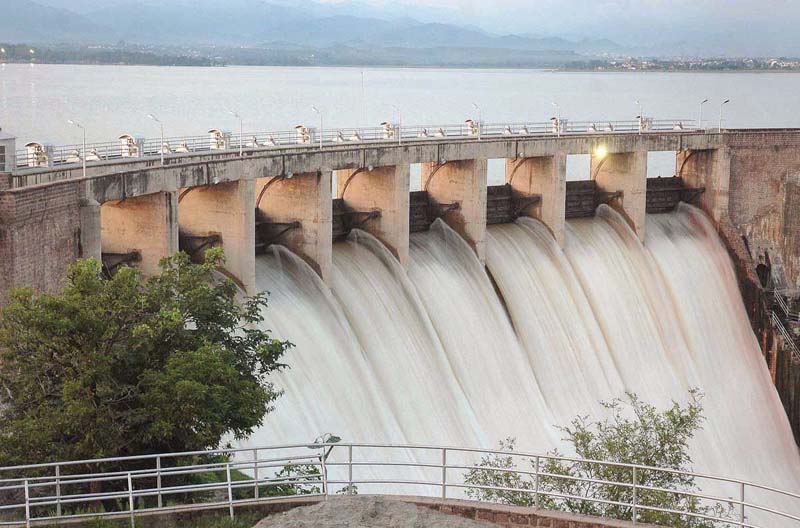
In response to a worsening water crisis caused by a continuous drop in underground water levels, which have now fallen below 700 feet, the Water and Sanitation Agency (Wasa) has initiated efforts to shift from tube well systems to surface water sources, primarily dams.
Many tube wells from the 1980s have dried up, prompting the agency to launch a mega project to address the crisis permanently.
As part of this initiative, work has begun on replacing an old, 11-kilometer-long concrete pipeline from Rawal Dam to Rawalpindi city with a new 33-inch steel pipeline.
This upgrade will supply an additional 5 million gallons of water daily.
Similarly, a new water pipeline from Chahan Dam will be installed, along with two large underground and overhead reservoirs.
The Chahan Dam project is expected to provide 12 million gallons of water daily, while the old filtration plant at Rawal Dam will also be upgraded. Additionally, a feasibility study is underway for a project to supply water from Daducha Dam to Rawalpindi and its cantonment areas to combat the declining water table.
These projects, with a total cost of Rs35 billion, are being funded through a soft loan agreement with the Asian Development Bank.
The funds have already started to be released. Currently, Rawalpindi's summer water demand stands at 68 million gallons per day, but Wasa is only able to supply 51 million gallons from Rawal Dam, Khanpur Dam, and 480 tube wells, resulting in a daily shortfall of 17 million gallons.
The new steel pipeline from Rawal Dam to Rawalpindi, costing Rs8 billion, is expected to be completed by September 2027.
Meanwhile, additional water pumps are being installed at Khanpur Dam, which will supply 8 million gallons of water daily. By 2026, WASA plans to test 24-hour water supply to densely populated areas such as Khayaban-e-Sir Syed and its surroundings.
Upon completion of all three projects, Rawalpindi and its cantonment areas will receive uninterrupted water supply starting in late 2027 or early 2028.
These measures are expected to reduce Wasa's reliance on tube wells, eliminating the need for 80 to 85 tube wells, though they will remain operational for emergencies.
The shift will significantly reduce electricity costs, enabling Wasa to lower water bills for residents.
The underground water level in Rawalpindi, which was 200 feet in the 1980s, has now dropped to 700 feet. When Rawal Dam was completed in 1963, it provided 7 million gallons of water daily to Rawalpindi.
By 1980, this increased to 14 million gallons and further doubled to 28 million gallons daily by 2002. However, the growing water demand and depleting groundwater resources have necessitated these large-scale projects to ensure a sustainable water supply for the city.












1737796524-0/Untitled-design-(32)1737796524-0-270x192.webp)











COMMENTS
Comments are moderated and generally will be posted if they are on-topic and not abusive.
For more information, please see our Comments FAQ